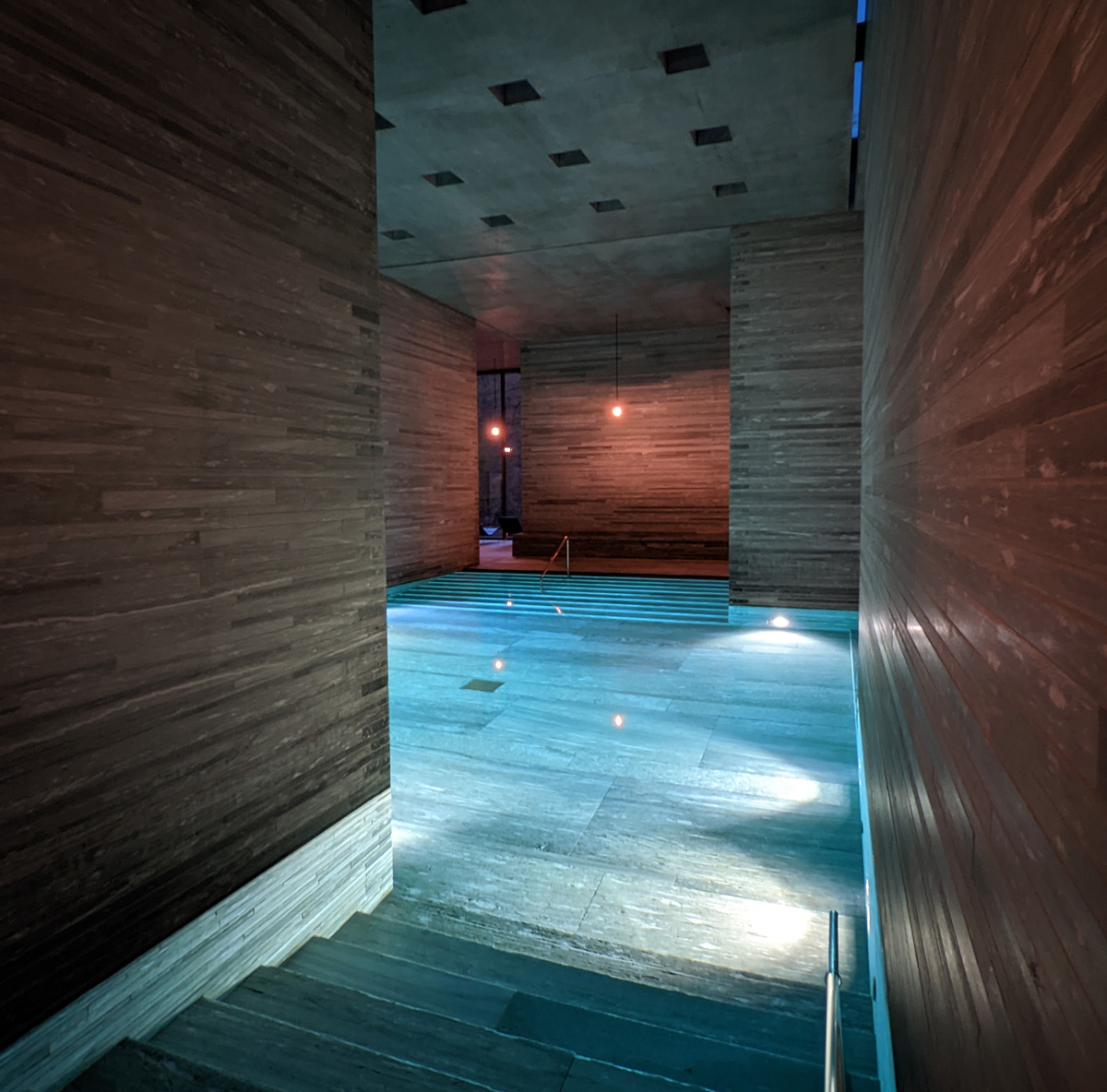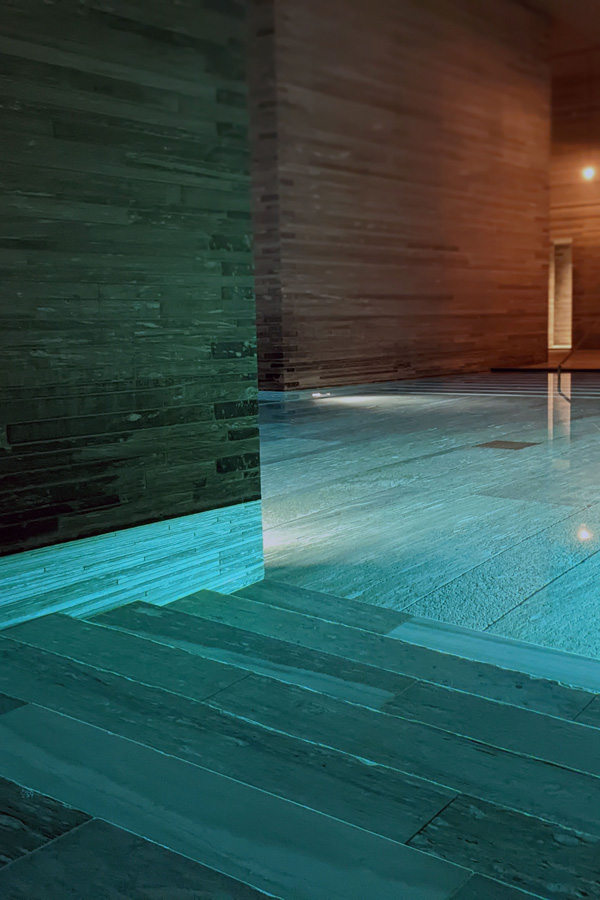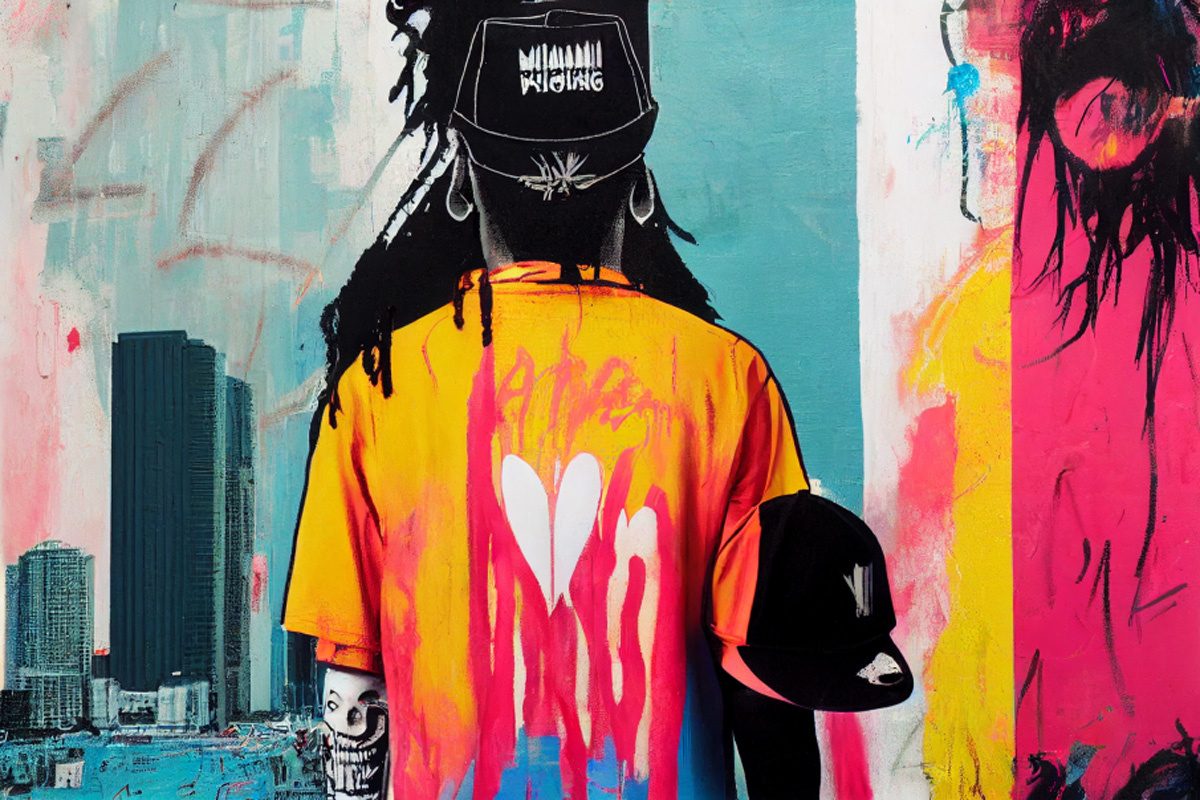What sustains us? That is an easy question: our designers. Who better to keep the IA community on top of the latest innovations and trends pulsing on the design horizon? While probing the depths of their design passions, along with meticulous research, our professionals in all disciplines stay informed and inspired. As our greatest asset and resource, they cross-pollinate ideas, innovate, and iterate to support IA’s cohesive, integrated design approach. And for sharing their creativity and knowledge there are multiple avenues across IA.
One such avenue draws on the IA Spark Committee fellowships. In line with its mission to inspire and challenge the status quo, lead growth through design thinking, and share innovation and collective knowledge, this internal committee grants three fellowships yearly within IA, providing recipients with the time and money to explore in depth and discover new ways to innovate and work now and for the future. The grants culminate in firm-wide presentations that share fellow findings. Case in point, the results from the recent awards exemplify the range of knowledge the grants deliver.
For the 2022 fellowship awards the theme was What Sustains Us?, exploring new meanings beyond our fundamental needs and new paths that ignite curiosity and propel us into the future. Two of the resulting fellow presentations were recently made to the IA community. Kristen Cooper, Project Architect our Seattle studio shared How Can Place Give More Than it Takes?, an investigation of the multi-sensory design of Peter Zumthor’s Thermal Vals, and Michael Villegas, Senior Designer our Philadelphia Studio, presented AI: Generative Mythology, Spatial Explorations via AI Text to Image Generators.
Cooper’s fellowship allowed her to travel to Switzerland and experience firsthand Pritzker-Prize-winning architect Peter Zumthor’s acclaimed Thermal Baths and Hotel at Vals, arguably one of the foremost examples of multi-sensory design, an approach increasingly gaining traction in the quest for human wellbeing. Carved into the side of a mountain and constructed from 60,000 slabs of locally quarried Vals quartzite, a visitor’s journey begins at a subterranean tunnel leading from the hotel to a meandering non-liner navigation of pools and rooms offering an immersive experience of Val’s relaxing, restorative, mineralized thermal baths. With all in play, the overall experience engages the senses with an array of subtly orchestrated natural materials, views to the outside framed by geometric windows, and to stimulate the five senses, a dedicated room for each, as well as quiet spaces for reflection and bathing in pools of different temperature. Proportion and contrast are key—mass and form, light and shadow, color and contrast—as is the sound of water, dripping, draining and flowing—the overall effect monumental, intimate, and mesmerizing, a master class in the creation of atmosphere and holistic design that results in a truly meaningful experience of space.
Carved into the side of a mountain and constructed from 60,000 slabs of locally quarried Vals quartzite, a visitor’s journey begins at a subterranean tunnel leading from the hotel to a meandering non-liner navigation of pools and rooms offering an immersive experience of Val’s relaxing, restorative, mineralized thermal baths. With all 14 biophilic patterns in play, the overall experience engages the senses with an array of subtly orchestrated natural materials, views to the outside framed by geometric windows, and to stimulate the five senses, a dedicated room for each, as well as quiet spaces for reflection and bathing in pools of different temperature. Proportion and contrast are key—mass and form, light and shadow, color and contrast—as is the sound of water, dripping, draining and flowing—the overall effect monumental, intimate, and mesmerizing, a master class in the creation of atmosphere and holistic design that results in a truly meaningful experience of space.
Villegas’ presentation, equally potent but in a totally different vein, explored generative AI art, a process of creating works using AI algorithms. Trained using existing data sets to understand abstract concepts, AI can generate multiple new works and variations—of imagery, music, video, narrative, and more—through its own unique interpretation in a matter of minutes from source material and an instructive, descriptive user prompt. And it can modify existing works or aid in the creative process. Ask AI to show Notre Dame on fire with an animated, futuristic twist or Patrick Mahomes dancing Swan Lake in the Gobi Desert wearing a tutu by Loui Vuitton and it will, every one of its iterations entirely new, unsearchable on Google.
Does AI have emotional intelligence, the ability to empathize, or design expertise? No, but its speed and efficiency in generating an impressive array of design iterations and options from source material based on user directions is significant for exploring multiple solutions. This is a new set of tools to assist designers in evaluating opportunities and evolving the design process, with seemingly endless potential. Furthermore, although it cannot mimic the human exceptionalism behind creativity, AI can take on tedious and repetitive tasks, freeing designers to focus on.
Sharing the creative expertise and compelling research of our designers not only through fellowships and the synergy of collaboration inspires and informs our practice. The drive and passion of our professionals fuels our innovation. They are truly IA’s most precious resource.



